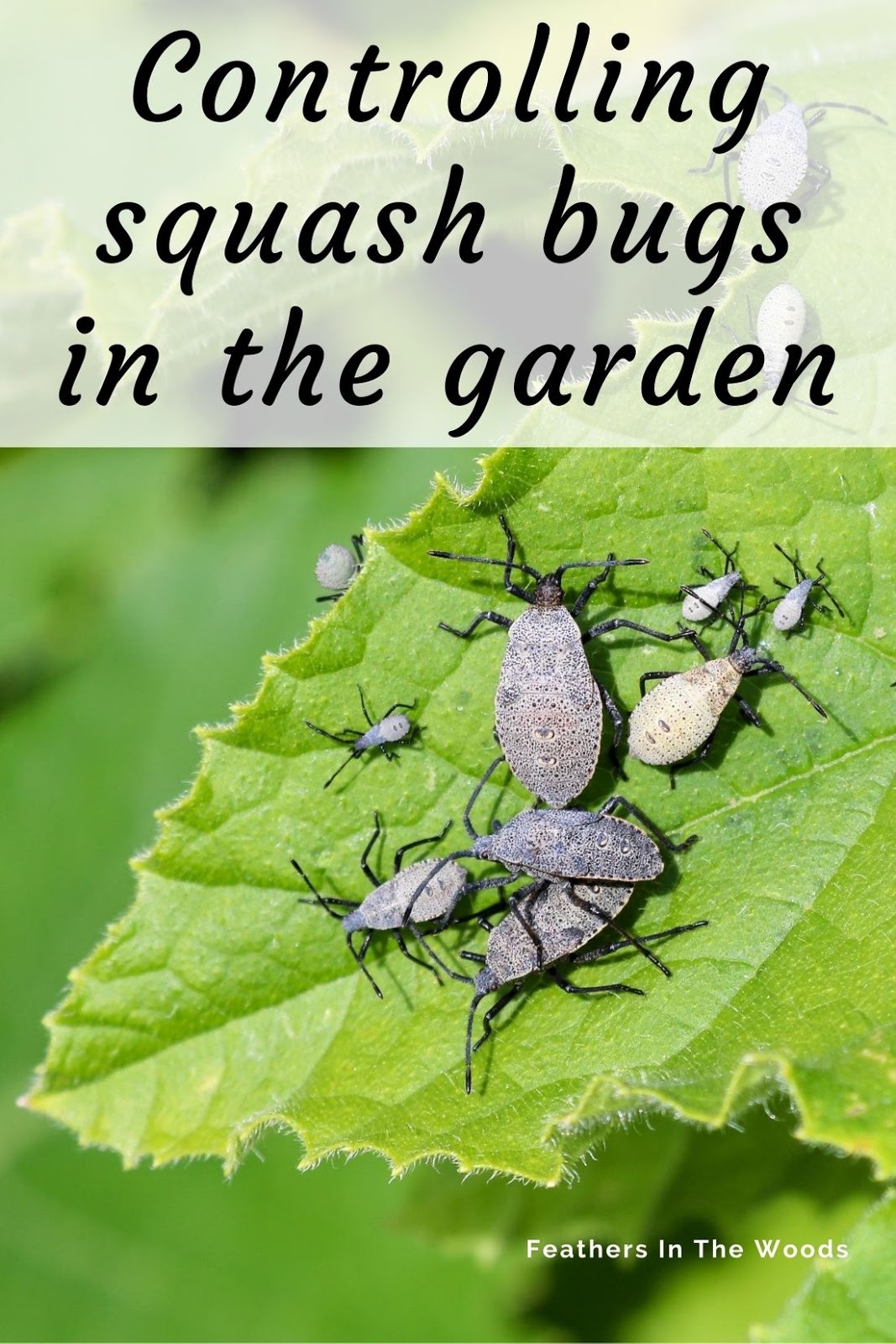Introduction
Squash bugs pose a significant threat to gardeners who cultivate squash, pumpkins, and other cucurbits. These pests feed on plant sap, causing leaves to wilt and plants to weaken, which can drastically reduce your garden’s yield. Keeping squash bugs out of your garden is essential for maintaining healthy plants and ensuring a successful harvest. This article explores proven, expert-backed methods to prevent and control squash bug infestations, helping you protect your garden naturally and effectively.
Understanding Squash Bugs and Their Impact
Squash bugs (Anasa tristis) are common garden pests that primarily target squash plants but also affect pumpkins, zucchini, and gourds. They feed by piercing plant tissues and sucking out the sap, leading to yellowing and wilting leaves. Over time, their feeding can cause plant death if not managed.
Life Cycle and Behavior
Squash bugs overwinter in garden debris and emerge in spring to lay eggs on the undersides of leaves. Eggs hatch into nymphs that mature into adults, continuing the cycle throughout the growing season. Understanding their life cycle is crucial for timely intervention.
Preventative Measures to Keep Squash Bugs Away
Prevention is the most effective strategy to keep squash bugs out of your garden. Here are key preventative steps:
- Crop Rotation: Avoid planting cucurbits in the same spot each year to disrupt squash bug life cycles.
- Garden Sanitation: Remove plant debris and fallen leaves where squash bugs can overwinter.
- Physical Barriers: Use floating row covers early in the season to prevent adult bugs from reaching plants.
- Companion Planting: Planting herbs like marigolds, nasturtiums, or radishes nearby can repel squash bugs.
These techniques reduce the chances of infestation by limiting the bugs’ access and breeding grounds.
Detecting Squash Bugs Early for Effective Control
Early detection allows for swift action before the infestation grows.
Signs to Watch For
- Clusters of bronze or copper-colored eggs on leaf undersides
- Wilting or yellowing leaves, especially during hot weather
- Presence of adult bugs (dark, shield-shaped) on plants
Regularly inspecting your plants helps catch these warning signs early.
Organic and Chemical Control Methods
If squash bugs appear despite preventive efforts, several control options exist:
Manual Removal
- Handpick adults and nymphs during early morning or late evening.
- Crush egg clusters found on leaves.
Organic Treatments
- Apply neem oil or insecticidal soaps to disrupt pest feeding and reproduction.
- Use diatomaceous earth around plant bases to deter crawling bugs.
Chemical Controls
- As a last resort, use targeted insecticides such as pyrethroids, following label instructions carefully.
- Avoid broad-spectrum pesticides to protect beneficial insects.
Expert Tips for Long-Term Squash Bug Management
- Maintain Healthy Soil: Healthy plants resist pests better. Use compost and mulch to improve soil quality.
- Remove Weeds: Weeds can harbor squash bugs and compete with your plants.
- Monitor Regularly: Weekly garden checks enable prompt actions.
- Encourage Natural Predators: Birds, spiders, and predatory insects like tachinid flies and parasitic wasps help keep squash bug populations in check.
Conclusion
Keeping squash bugs out of your garden requires a combination of prevention, monitoring, and timely intervention. By understanding the pest’s behavior and using integrated pest management strategies—such as crop rotation, physical barriers, and organic controls—you can protect your squash plants effectively. Remember, consistent garden care and early detection are your best defenses against these destructive pests. Start implementing these expert-backed methods today to enjoy a healthier, more productive garden tomorrow.
